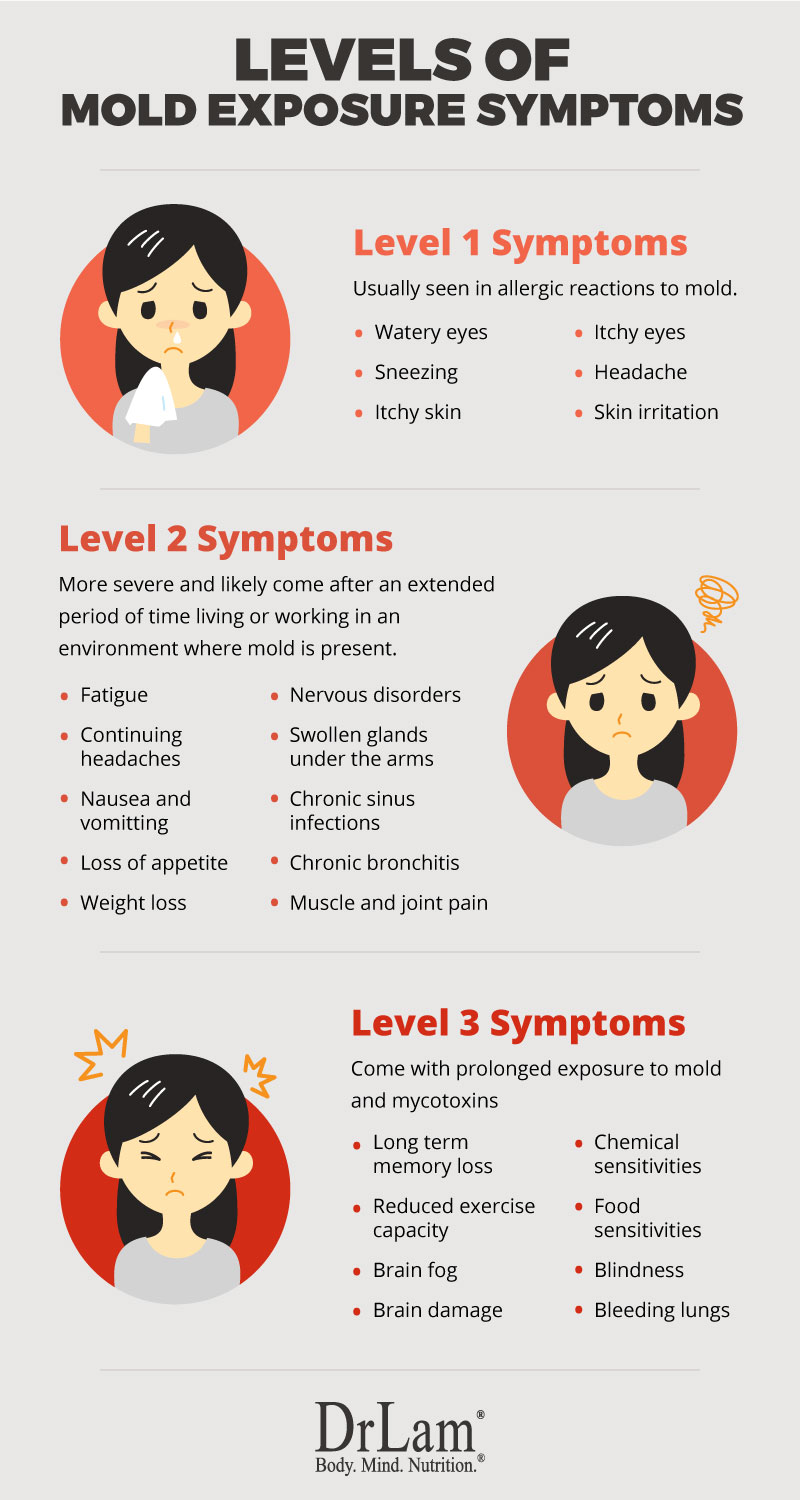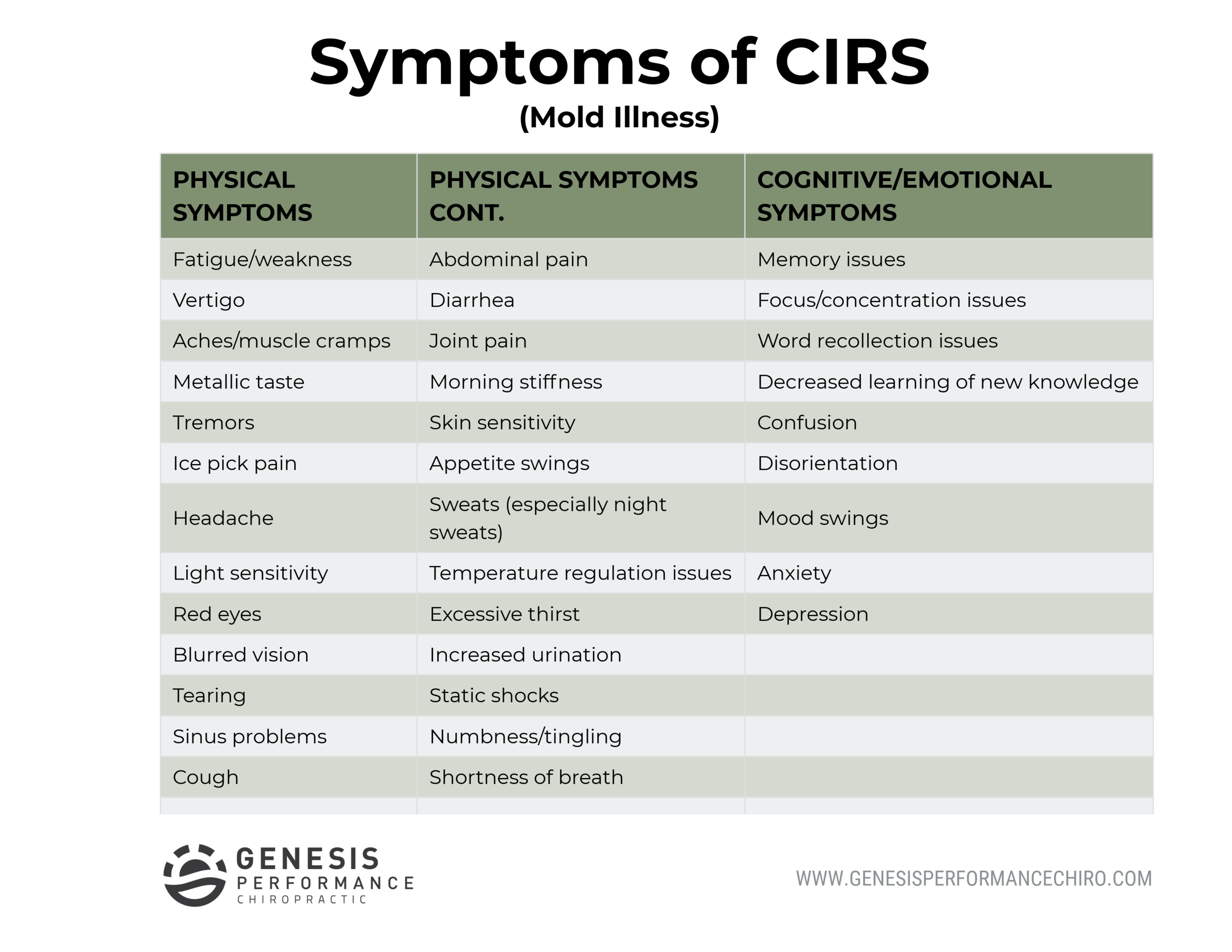Have A Tips About How To Treat Mold Exposure

Allergy and infection history, including predisposing factors;
How to treat mold exposure. The three major classes of modern antifungals used in the treatment of mold infections consist of: You may not see the toys when you first walk in, but if you don’t put them away, they will continue to clutter up your spaces. If you have to stay in a moldy home, you need to take steps to reduce your exposure to mold.
This can result in symptoms such as sneezing and nasal congestion. The best way to treat mold allergies is to avoid exposure to mold spores as much as possible. How to treat mold allergies.
Then, depending on the severity of symptoms, they may prescribe antihistamines, nasal steroids, or decongestants to manage allergic reactions. Check your home for places where mold might lurk, such as under sinks and in basement walls. Otherwise it’s sort of like cleaning your room by stuffing your toys in the closet and under the bed.
While there's no sure way to cure allergic rhinitis caused by a mold allergy, a number of medications can ease your symptoms. You may experience the following common symptoms if you’re sensitive. Environmental protection agency (epa) guide titled mold remediation in schools and commercial buildings, which gives advice on all building types.
Eliminate the sources of the mold from the environment but also eliminate common dietary sources of. Mold can affect people in different ways, and it often causes no symptoms at all. These are molds that emit mycotoxins or cause infections, which can cause serious illness and even death.
You can do this by: Remediate and get rid of mold in their environment or encourage them to move. Cdc subject matter experts discuss strategies on how to keep you and your community safe from mold exposure, clean up methods, and respirator usage during mold remediation.
The most common allergy symptoms of black mold exposure include: History of exposure in the living, working, and recreational areas; If you need to clean more than 10 square feet, check the u.s.
If you have mold in your home or office, you may not even notice it, especially if it’s hidden in your walls. Treatment the best way to manage an allergy is to avoid exposure to triggers. Know the spectrum of activity of commonly used antifungals.
Enlisting the help of a professional who can inspect your living area and identify mold growth removing moisture from the environment using a dehumidifier using fans and opening windows to air out areas that tend to get damp, like bathrooms replacing carpets, drywall, and. Some people develop no symptoms at all. Stuffy nose or sinus irritation.
However, molds are common, and you can't completely avoid them. However, those with an allergy or sensitivity to the spores may experience symptoms such as congestion, red eyes, respiratory. Treat the patient for mold colonization in.


















